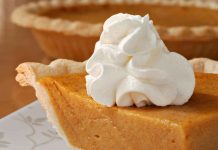What’s the holiday season without your favorite pie? Preparing, cooking, and storing pies safely will ensure friends and family will remember the time of sharing and giving for the right reasons – not for giving them a food illness.
If a pie contains milk, cream, and or eggs – safe preparation, cooking, and storage procedures must be followed to prevent a food illness.
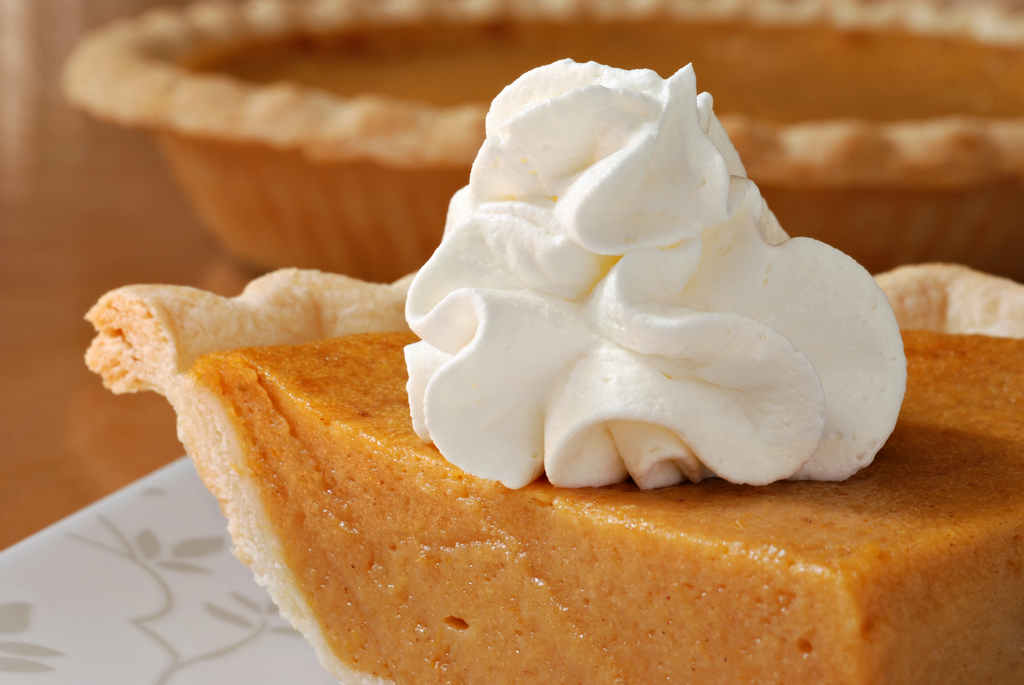


Food Safety for Milk & Egg Based Pies
If a pie contains milk, cream and or eggs, it has to be refrigerated to remain food safe. This includes milk and cream in any form – regular milk and cream (no matter what the fat content), buttermilk, sour cream, cream cheese, and evaporated and condensed milk products. Those ingredients contain high levels of protein and moisture that are fertile grounds for the growth of bacteria.
What pies contain milk, cream or eggs? Always check the recipe. Typically though, pumpkin and pecan pies do contain eggs, but fruit pies do not. Lemon meringue and all types of chiffon pies contain eggs, so they have to be refrigerated. Pumpkin pies are a custard-style pie made by using eggs and milk.
- Learn about proper hygiene, cross contamination, cold and hot food safety, foodborne pathogens, and best practices to prevent foodborne illness.
- Food Manager Training & ANSI Certification - $99.00
- Food Handler Training - only $7.00!
- HACCP Training: 16hr/4hr/1hr
- Food Allergy Training - $15.00
- Enter Promo "train10off" at Checkout
Storing, Handling and Cooking Eggs
Eggs – just like raw meat, poultry and fish – must be properly stored, handled and cooked – to be safe. Eggs that appear normal can contain a germ called Salmonella that can make you sick, especially if you eat raw or lightly cooked eggs. Eggs are safe when you cook and handle them properly.
Handling Tips
- Always wash hands when handling eggs.
- Take out only as many eggs as needed for immediate use.
- Use only clean, un-cracked eggs.
- Eggs should not be washed before using. They are washed and sanitized before they are packed.
- Never mix the shell with the internal contents of an egg.
- Do not re-use a container after it has had a raw egg mixture in it. Clean and sanitize it thoroughly before using it again.



Temperature Controls
Food temperature controls are especially important with foods classified as potentially hazardous. According to the USDA, it is not safe to eat homemade pies with egg-based fillings that have been allowed to sit at room temperature for two hours or longer.
After baking, pie should be left at room temperature as the cooling process normally takes 2-4 hours. Within 4 hours, the pie should then be placed in the refrigerator. Cover loosely with plastic wrap until serving. Pie may be refrigerated for 2-3 days.
After cooking a pie, cool it at room temperature for only 30 minutes after removing it from the oven. Then, refrigerate it to complete the cooling. It’s okay to place the pie in the fridge if it’s still warm.
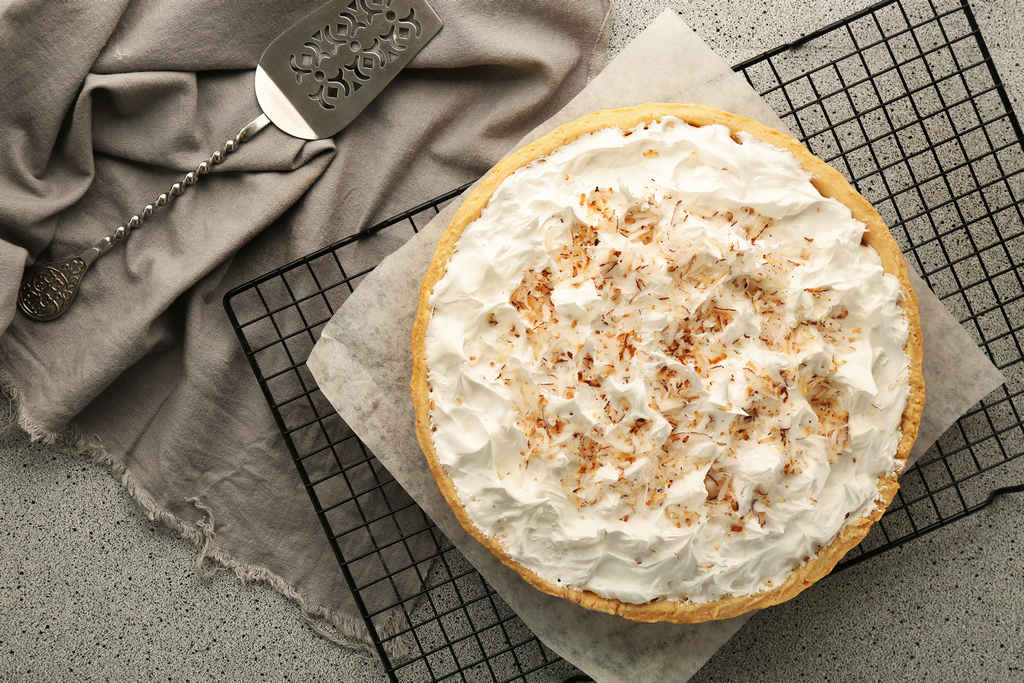


Store-Bought Pies at Room Temperature?
You may be wondering why it is that you see pumpkin or pecan pies on display at the grocery at room temperature?
Food safety specialists point out that it is because commercially produced pumpkin pies have preservatives and other ingredients added to make them shelf-stable to prevent germ growth for five days. This is identified by proper labeling found on the box or container. However, even those pies should be refrigerated for storage at home especially after they have been cut.
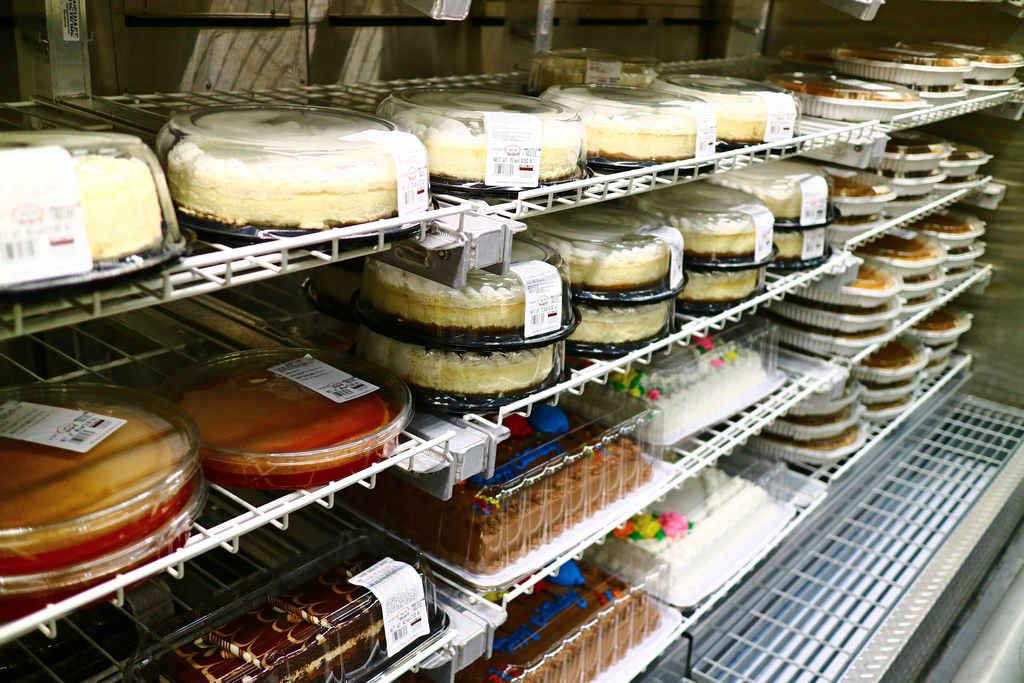


Temperature Danger Zone & 2-Hour Rule
Bacteria multiply rapidly in the temperature danger zone range of temperatures between 40°F and 140°F, doubling in number in as little as 20 minutes. This range of temperatures is often called the “Danger Zone.” Never leave food out in this temperature zone for over 2 hours.
Keep food cold in the refrigerator, in coolers, or on the serving line on ice. Keep hot food in the oven, in heated chafing dishes, or in preheated steam tables, warming trays and/or slow cookers.
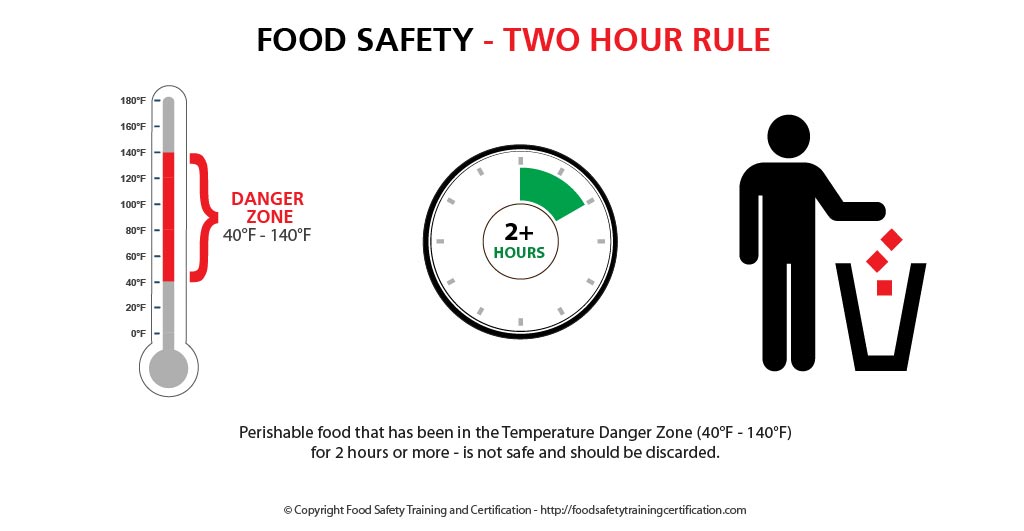


Summary
If a pie contains milk, cream, and or eggs – safe preparation, cooking, and storage procedures must be followed to prevent a food illness.




